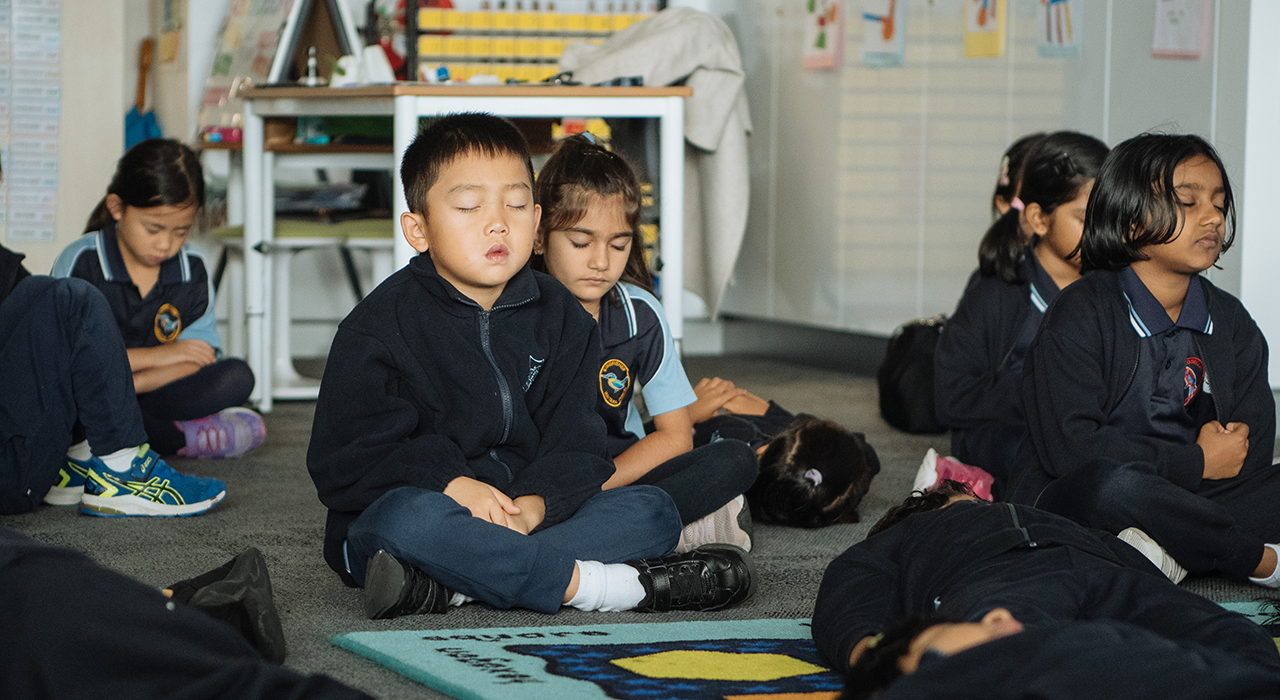We’ve all felt it at some point in our working lives. Looking up from your work to realise it’s nearly dinner time or lying awake in bed unable to get to sleep because of a seemingly never ending to-do list. Or the worst of all, waking to a feeling of dread when you realise you have to face another day at work.
Yep, we’re talking about burnout.
It can be easy to justify going the extra mile when you’re seeing the results at work, but going the extra mile can also become a risk to our health when it starts impeding on our lives outside of the office. Although it’s important to note burnout isn’t just characterised or caused by working overtime hours.
![]()
The original definition of burnout, a term coined by psychologist Herbert Freudenberger in the 1970s had three components: emotional exhaustion, depletion of empathy, caring and compassion and a decreased sense of accomplishment1.
Burnout can be caused by anything which imposes mental or physical stress, including poor sleep resulting from an overactive mind, or poor relationships within work settings that are creating unnecessary stress. If you’ve ever felt the light that ignites you fizzle out, chances are you have experienced burnout.
According to Safe Work Australia, about $543 million is paid out in workers’ compensation for work-related mental health conditions every year2. And of those claims, roughly 91% are attributed to mental stress with the biggest reason cited being general work pressure.
That’s a massive amount of money spent on addressing the symptoms of an issue that’s preventable when the right structures, tools, and strategies are available to a business and its employees. Addressing burnout isn’t just good for staff, it’s also good for a business’ bottom line.
Identifying Signs of Burnout
-
Poor work quality
If you’re noticing the quality of your own or a team member’s work dropping, especially after a busy period, it could be a sign of burnout. Burnout can be related to the pressure to perform, which can result in overworking, poor sleep quality, strained professional relationships, and overall a negative mindset towards work. If you or someone in your team is regularly working late, it might be a good idea to check in and ask the question – is this necessary or simply compensating for a bigger problem?
![]()
-
Absenteeism & a lack of focus
A loss of motivation and enthusiasm for work can result in employees simply not showing up , literally and mentally. Not showing up can take the form of tardiness, a lack of presence at meetings, or taking regular sick or stress leave. If a team member seems distracted or isn’t contributing as much in meetings as they usually do, this might be a sign they are experiencing mental fatigue which goes hand-in-hand with burnout.
-
Changes in demeanour
This can be the most subtle and easiest sign to miss. Whether it’s a gradual or sudden shift in behaviour, if you suspect someone isn’t feeling like their usual self at work, proactively take the opportunity to reach out to them and simply ask the question – are you okay?

Preventative Strategies
-
Celebrate the wins
Studies show those who carve out time to express gratitude are happier and less worried about their present and future3. If you or your team have just finished an important project or made it through a massive week, find a way to celebrate and say thank you to yourself and your team for all their hard work. Creating a culture of gratitude and recognition is fundamental to creating a culture of positivity.
-
Team building activities
Getting to know your colleagues better is a sure-fire way to keep burnout at bay. And strong collegiate relationships start with great listening and teamwork skills. Whether it’s a physical activity or a workshop, putting time aside to prioritise just getting to know each other a little better can go a long way in preventing and identifying signs of burnout in your team.

-
Take care of yourself
You know what this looks like better than anyone, but we all need the reminder sometimes – you need to help yourself before you can help somebody else. If you take a moment simply to check in with you, it can help to catch burnout at the early stages. Dedicating time to being honest with yourself and practicing noticing your present state of being in a non-judgemental way is the first step in self-care. Working your way up to regular, even daily acts of connection, rest and self-compassion will help to strengthen your mind. If making this a part of your routine has been hard for you, a great place to start is the Smiling Mind App - we have options for businesses, too!
If you would like to know more about how your business can support the mental health and wellbeing of employees and prevent burnout, we're here to help.
Check out our Workplace Programs or if you’re ready to book a session, get in touch with our team through the button below to customise a program to suit your business.
1Burnout by Emily and Amelia Nagoski

.jpg)







.jpg)





